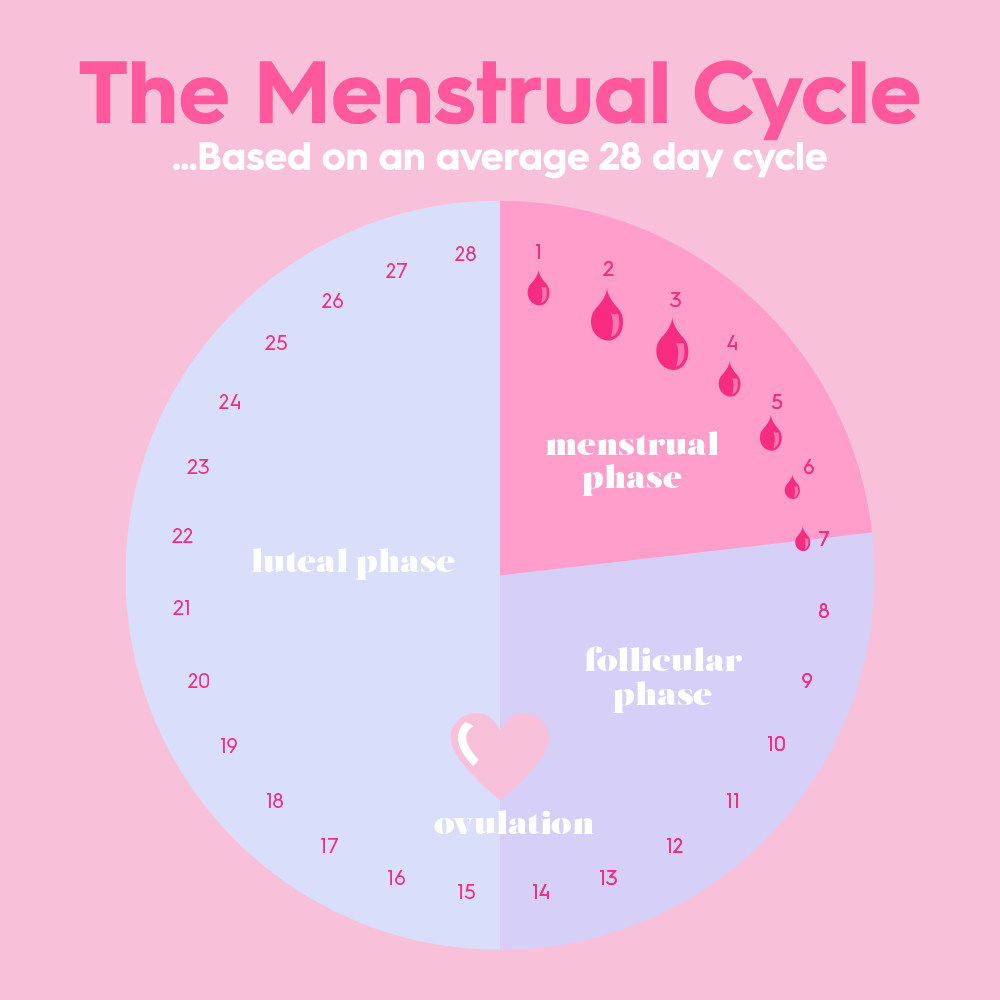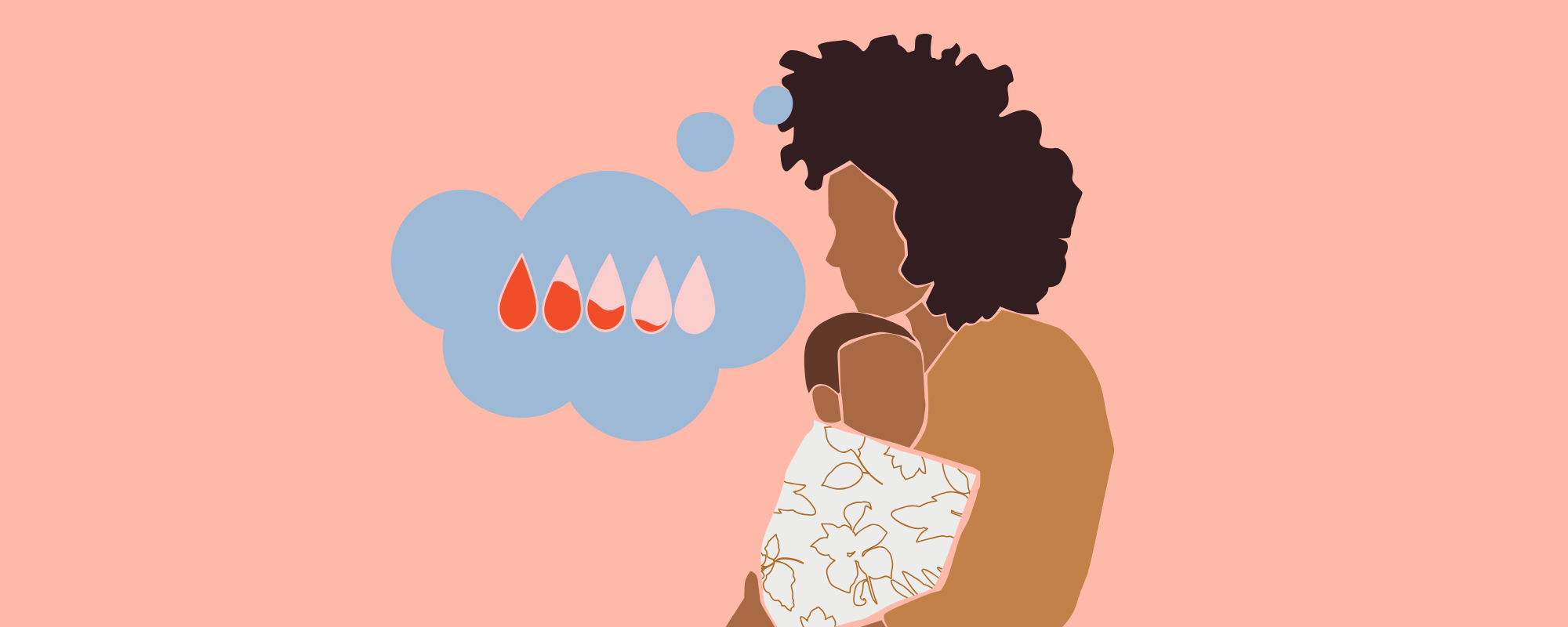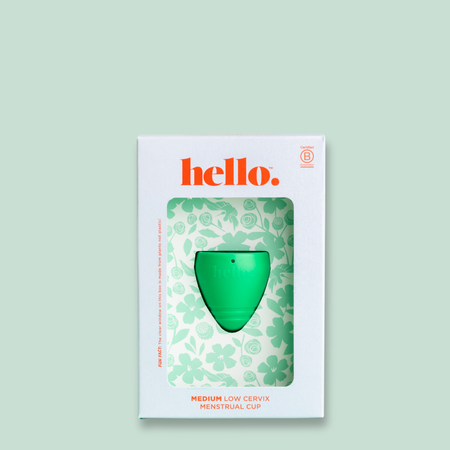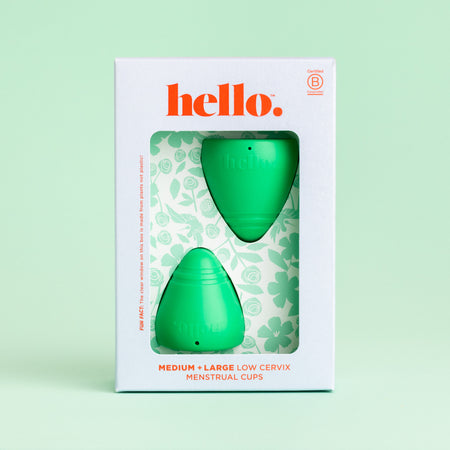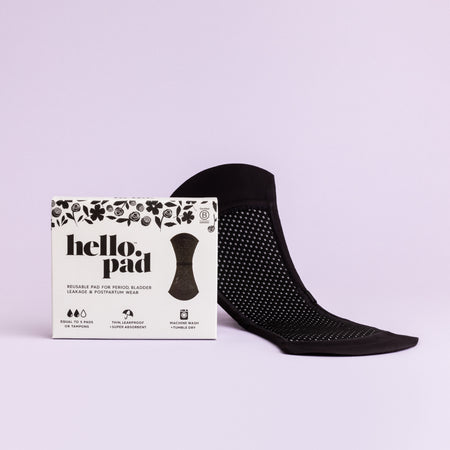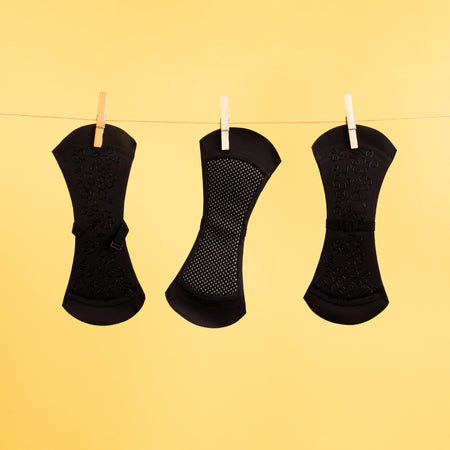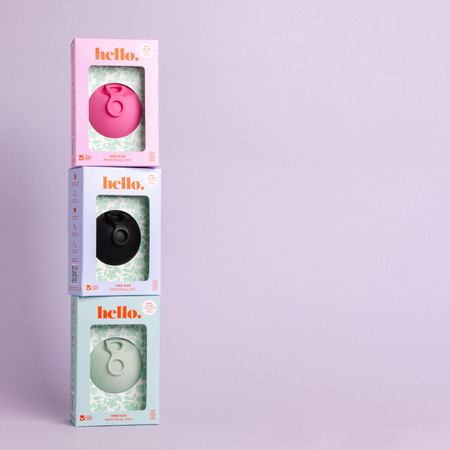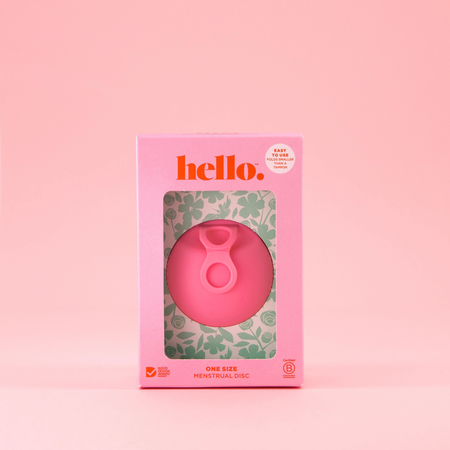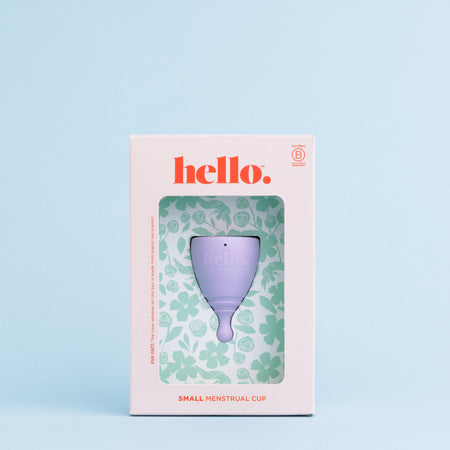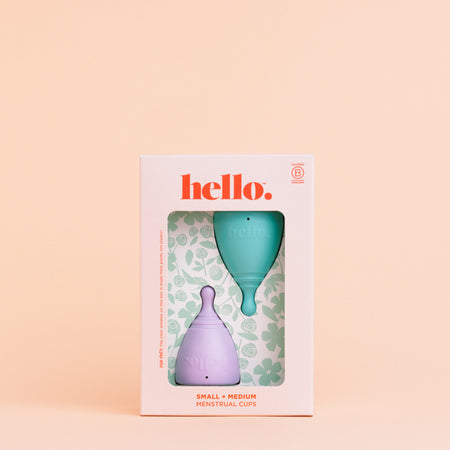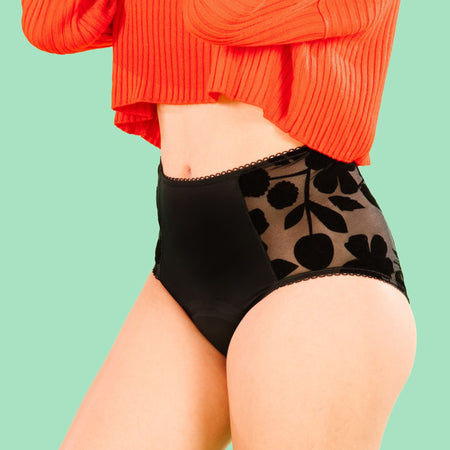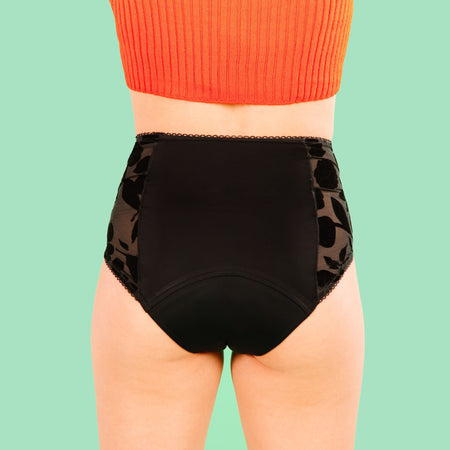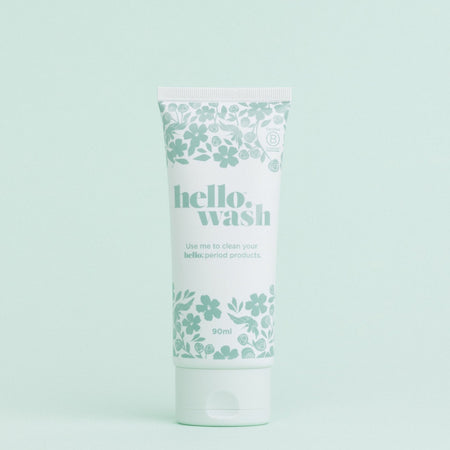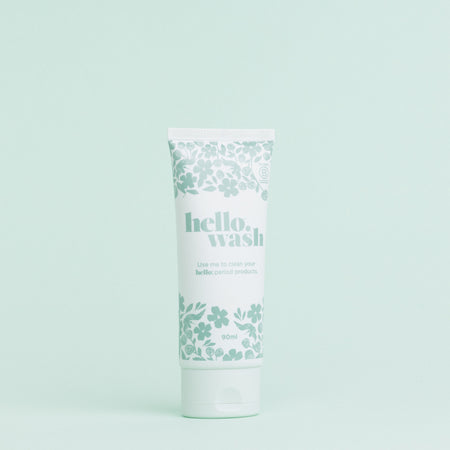Periods and skincare—two things you might not automatically link, but they’re more intertwined than we often realise. The menstrual cycle isn’t just about cramps and cravings; it’s a monthly rollercoaster that impacts your mood, energy, and yes, your skin.
Throughout the four phases of the menstrual cycle, your hormones perform a balancing act that can leave your face glowing one week and breaking out the next. The good news? By understanding these hormonal shifts, you can tweak your skincare routine to work with your cycle, rather than against it. It’s about listening to your body and giving your skin what it needs at each stage.
Here’s your guide to navigating the dance between your menstrual cycle and your skin—empowering you to take control of your self-care.
The Four Phases of Your Menstrual Cycle and What They Mean for Your Skin
Your menstrual cycle isn’t a one-size-fits-all event; it flows through four unique phases. Each phase comes with its hormonal highs and lows, and these changes are key players in what’s happening on the surface of your skin.
1. Menstrual Phase (Days 1 to 6)
Think of this as your skin’s “reset” phase. Hormones like estrogen and progesterone drop to their lowest levels, which leaves your skin feeling drier and more sensitive. You might notice your complexion looks dull or even flaky—fair enough, it’s been a big month!
Tips for skin during your menstrual phase:
-
Hydrate, Hydrate, Hydrate. Swap your usual moisturiser for one loaded with hyaluronic acid to lock in extra moisture.
-
Go gentle. Avoid harsh exfoliants or active treatments, as skin is more reactive during this phase. A nourishing cleanser is all you need to keep things fresh.
-
Skip painful treatments. Waxing or facials? Maybe next week. Your skin is more sensitive now, so waiting could save you some irritation.
2. Follicular Phase (Days 7 to 11)
Here’s the good news—this is when your skin starts to bounce back. Rising estrogen levels encourage collagen production and moisture retention, making your face feel plumper, fresher, and more radiant. This is a great time to invest in self-care.
Tips for skin during the follicular phase:
-
Exfoliate smartly. Gently sweep away any dead skin cells with a chemical exfoliant to reveal your glowing complexion underneath.
-
Hydrate & firm. Vitamin C serums work wonders during this phase, helping boost elasticity and even out skin tone.
-
Feel-good treatments. It’s a perfect time for facials or other skin-nourishing treatments.
3. Ovulation Phase (Days 12 to 16)
Welcome to radiant skin central, where your estrogen peaks. This is the phase where your skin glows, your pores tighten, and everything looks as hydrated as a rainforest after the rain. Thank you, hormones! But watch out for an uptick in sebum (oil) production, which can sometimes start clogging pores.
Tips for skin during ovulation:
-
Prioritise cleansing. A light, oil-free cleanser is your best mate to remove any excess sebum.
-
Boost collagen. Use products with ingredients like retinol alternatives or peptides to take full advantage of your skin’s natural bounce.
-
Hydrate strategically. Even if your skin feels oily, you still need hydration. Opt for lighter gels or water-based moisturizers.
4. Luteal Phase (Days 17 to 28)
And now for the tricky phase. With progesterone rising and estrogen dipping, your skin might start to feel oilier than usual. That spike in oil can lead to breakouts, mostly around the chin and jawline. Sound familiar? It’s classic PMS territory.
Tips for tapping into your luteal phase:
-
Oil control. Use a clay mask or skincare with salicylic acid to manage excess sebum and sweep away bacteria.
-
Be proactive. Apply a targeted acne treatment at the first sign of a breakout.
-
Calm inflammation. Incorporate non-comedogenic (aka pore-friendly) products to balance skin and avoid clogging your pores.
Three Hormones That Rule Your Skin’s World
Your skin’s monthly ups and downs largely boil down to three hormonal MVPs—estrogen, progesterone, and testosterone.
Estrogen
This glow-giver thickens your skin and boosts collagen and elastin, so when estrogen’s high, expect hydration and radiance.
Progesterone
Hello, oil zone! Rising progesterone encourages sebum production, which can lead to those dreaded hormonal breakouts. Keep a salicylic acid cleanser handy during your luteal phase.
Testosterone
Unlike estrogen and progesterone, testosterone doesn’t vary much throughout the cycle, but its effects become noticeable when the others dip. High testosterone levels mean extra oil and potential acne, which is why skin during your period can feel like a battlefield.
Your Skin-Care Survival Guide for Every Phase
Tackling skin and menstrual cycle shifts doesn’t mean overhauling your entire routine every week—just layering in a few thoughtful tweaks.
1. Cleanse Twice Daily
No matter the phase, cleaning your face morning and night is critical to remove impurities. Sticking to gentle cleansers prevents stripping the skin of essential oils.
2. Hydrate Relentlessly
Whether your skin feels oily or dry, hydration is non-negotiable. Lightweight hydrating gels or richer creams can meet your skin’s needs based on its mood.
3. Cut Back on Sugars & Carbs
Hormonal acne can often be triggered by inflammation, so limiting sugar and refined carbs in your diet might make a difference. Add in foods rich in omega-3 to fight inflammation.
4. Manage Stress
High stress levels can lead to cortisol spikes, further sabotaging your skin. Mindfulness, yoga, or even just taking a breather can help keep your hormones happy.
5. Explore Menstrual-Friendly Products
If traditional pads or tampons irritate your skin, consider switching to hypoallergenic alternatives like a menstrual cup for sensitive skin. Hello Period’s menstrual product is specially designed for comfort and care.
Get Clear Skin With Healthy Habits
Supporting your skin goes beyond products. A nutrient-rich diet and solid self-care guide you toward long-term results. Here’s what you can start doing today:
-
Add antioxidant-packed foods like berries to your plate.
-
Sip herbal teas to reduce inflammation.
-
Regularly change pillowcases to avoid bacteria build-up.
Loving Your Skin at Every Stage
Your menstrual cycle and skin are part of the same story, working together in a conversation that evolves month after month. When you begin listening to your body’s signals and syncing your self-care routine to each phase, whether you’re dealing with oily skin, dry skin on your period, your skin will start to feel less like a puzzle and more like a reflection of your overall well-being.
